Military ceremonial horses enjoy winter break in Melton
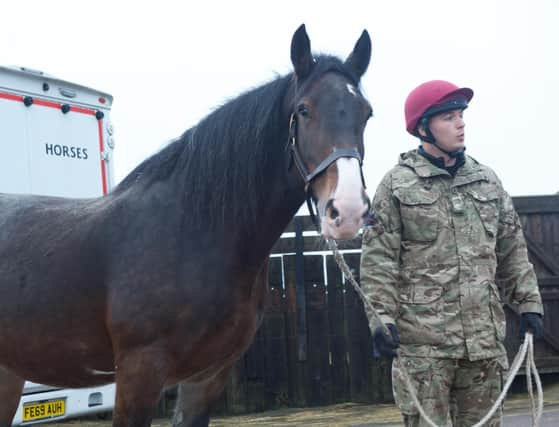

The Household Cavalry Mounted Regiment (HCMR) horses have been relocated from London to the Defence Animal Training Regiment (DATR) for some well-deserved rest and recuperation.
The HCMR horses are an iconic sight on royal and ceremonial occasions and their Melton vacation is spent happily grazing or galloping in the fields.
Advertisement
Hide AdAdvertisement
Hide AdAmongst the first to arrive were the Household Cavalry Drum Horses, Juno and Apollo.
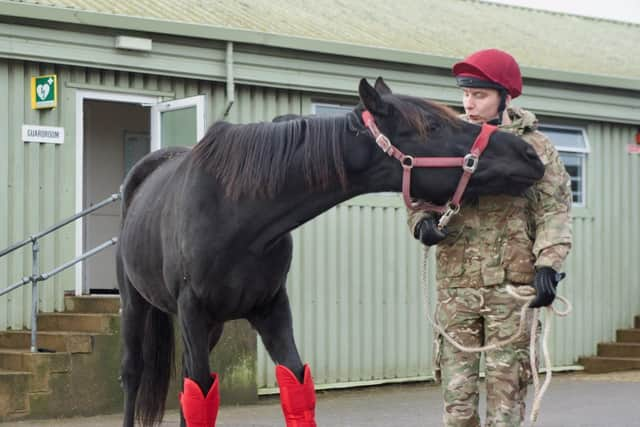

The Drum Horses are the most powerful horses in the regiment as when they are on parade, they carry up to 300 pounds of equipment, including two kettle drums as well as the drummers themselves.
Joining them on their winter break were horses from the Kings Troop Royal Horse Artillery.
The horses take part in events such as Royal Salutes to mark occasions of State, including The King’s Birthday Parade, royal birthdays, and State Visits.
Advertisement
Hide AdAdvertisement
Hide AdThe horses’ stay at the DATR is one of many programmed breaks from ceremonial duties enjoyed by the horses throughout the year.
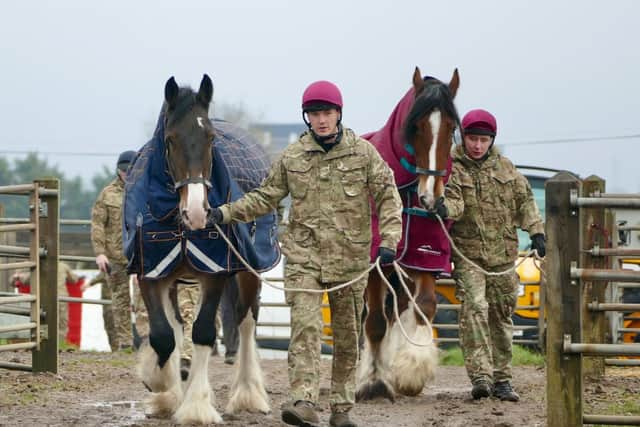

Equine Veterinary Officer, Cpt Bowman, was there to meet the horses as they arrived.
He said: “The horses are checked by the vet before they leave London and I carry out a second check on arrival to ensure they haven’t hurt themselves during the journey and that they are able to be safely turned out.
“Just like our soldiers, the horses need a well-deserved rest.
Advertisement
Hide AdAdvertisement
Hide Ad"It allows them to replenish their energy and lets them gallop and walk about freely which is important from a musculoskeletal point of view. Its lovely to see them galloping and enjoying themselves in the field.”
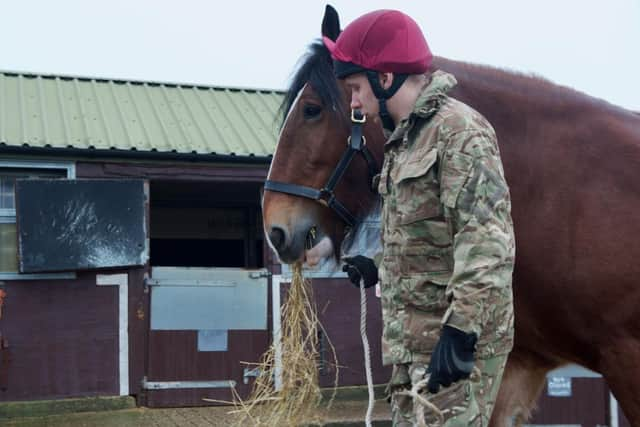

The DATR has been involved with military animals since 1903 when it was a remount depot helping to maintain the requirement for trained horses across the varying mounted regiments in the early 20th Century.
This included replacing horses killed or injured in battle during the First World War.
The term remount is still used to describe horses going through training. Today the HCMR and KTRHA remounts from London are joining the full trained horses of HCMR and KTRHA on their break at Melton Mowbray.
Advertisement
Hide AdAdvertisement
Hide AdIt takes around eight to 10 months to train an HCMR remount horse.
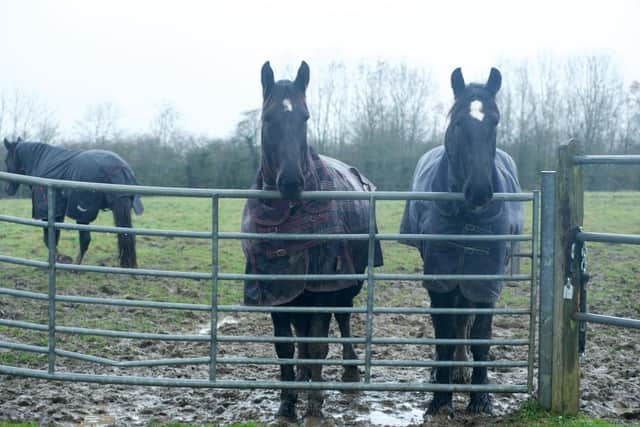

Initial Training takes place at the Regiment’s Training Wing in Windsor for backing and breaking. Upon successful completion of this phase the remounts move to Hyde Park Barracks London whereby they complete their ceremonial phase.
KTRHA initial remount training takes place at DATR followed by a move to King George VI Lines in Woolwich, London, for their training into Gun Team and ceremonial duties.
Ceremonial Training involves the horses being regularly ridden on the streets of the capital to desensitize them to heavy traffic and loud noises.
Advertisement
Hide AdAdvertisement
Hide AdStaff Corp Anthony Glass, who oversees the remount training, said: “We go at the horses’ pace to make it a better experience for them.
"Some horses take longer than others to train, but following their winter break, those that are ready will move to Hyde Park barracks in February to begin the second stage of their training which is getting them use to wearing the state kit that they wear on parade.”